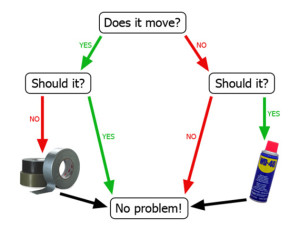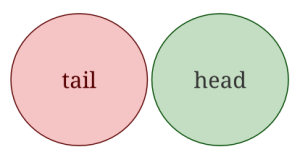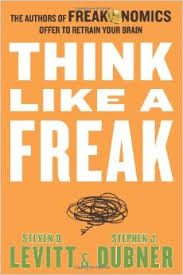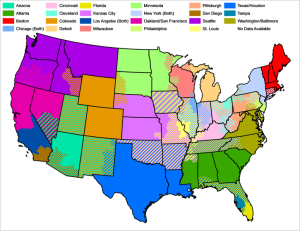Now that we know the Three Axioms of Probability, we can understand conditional probability.
First, let’s think about a normal (unconditioned) event. What is the probability of rolling an 8 with 2 normal dice (equally likely outcomes from 1 to 6)? Well, we can roll a 2-6, 3-5, 4-4, 5-3, and 6-2 with the two dice to get a sum of 8. That’s 5 possible outcomes that sum to 8. There are 36 possible outcomes, so the probability is 5/36.
The conditional probability of an event is the probability that the event happens, given that another event has happened or will happen. So, for example, what is the probability that I roll an 8 with 2 dice, given that the first die is a 2? Well, I would need the second die to be a 6 for them to add to 8, and there are 6 options for the second die. So I have a conditional probability of 1/6 of rolling an 8, given that the first die was a 2. The conditional probability of rolling an 8 given the first die is a 2 (1/6) is higher than the unconditioned probability of rolling an 8 with 2 dice (5/36).
What is the conditional probability of rolling an 8 with 2 dice, given that the first die is a 1? Well, we would need the second die to be 7. But the die only has options from 1 to 6. So we cannot roll an 8 with 2 dice if one of the dies is a 1. The conditional probability is 0.
We have an easy way to calculate the probability of a conditional event happening. Let be the event we want to happen, conditional on the event
happening. Let
be the conditional probability of
given
. Then
, where
is the probability of both
and
happening.
In our example with the dice, =roll an 8 with 2 dice and
=roll a 2 with the first die. There is one way to roll an 8 with two dice and roll a 2 with the first die: 2-6. There are 36 possible outcomes, so
.
because there is a 1 in 6 chance of rolling a 2 with the first die.
, as we found above.



